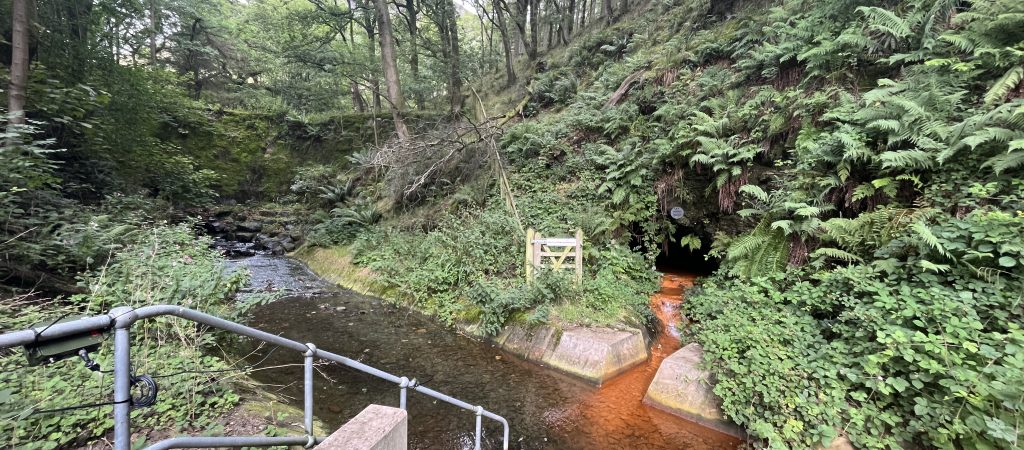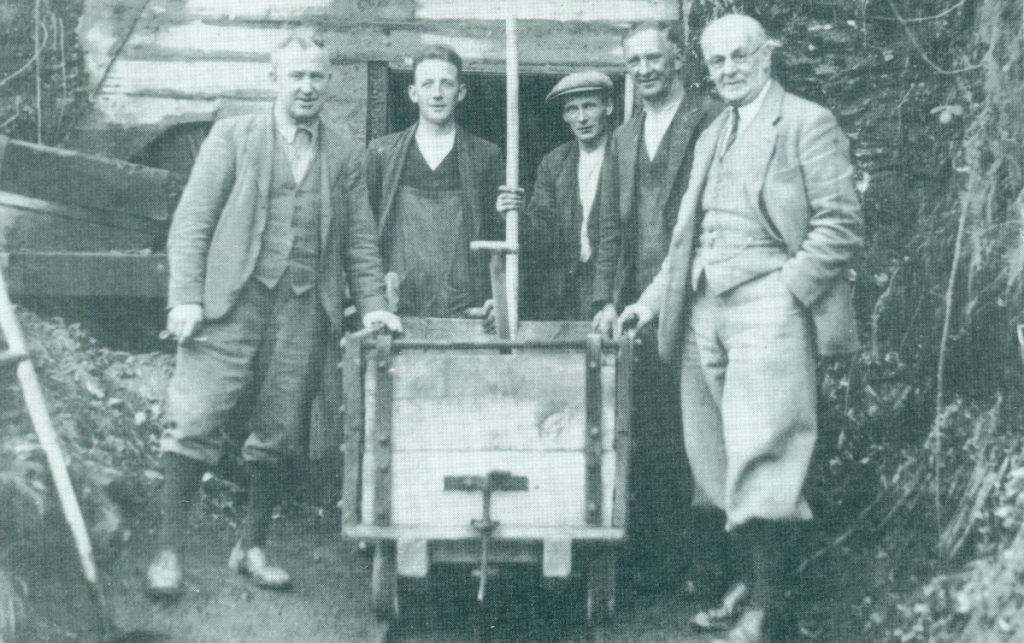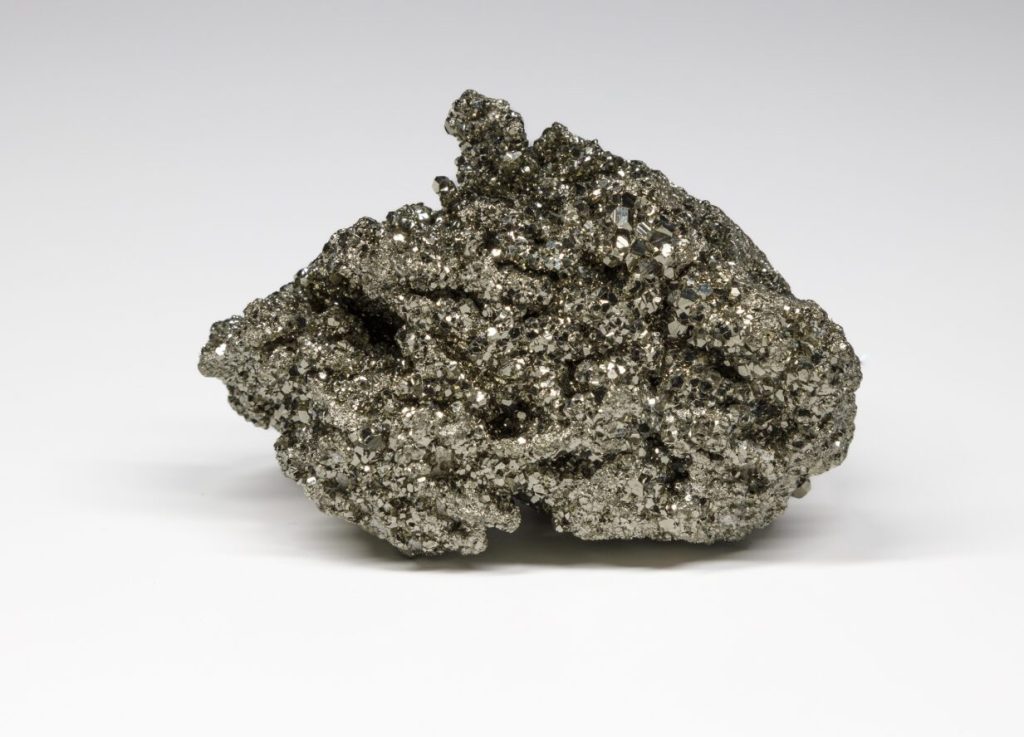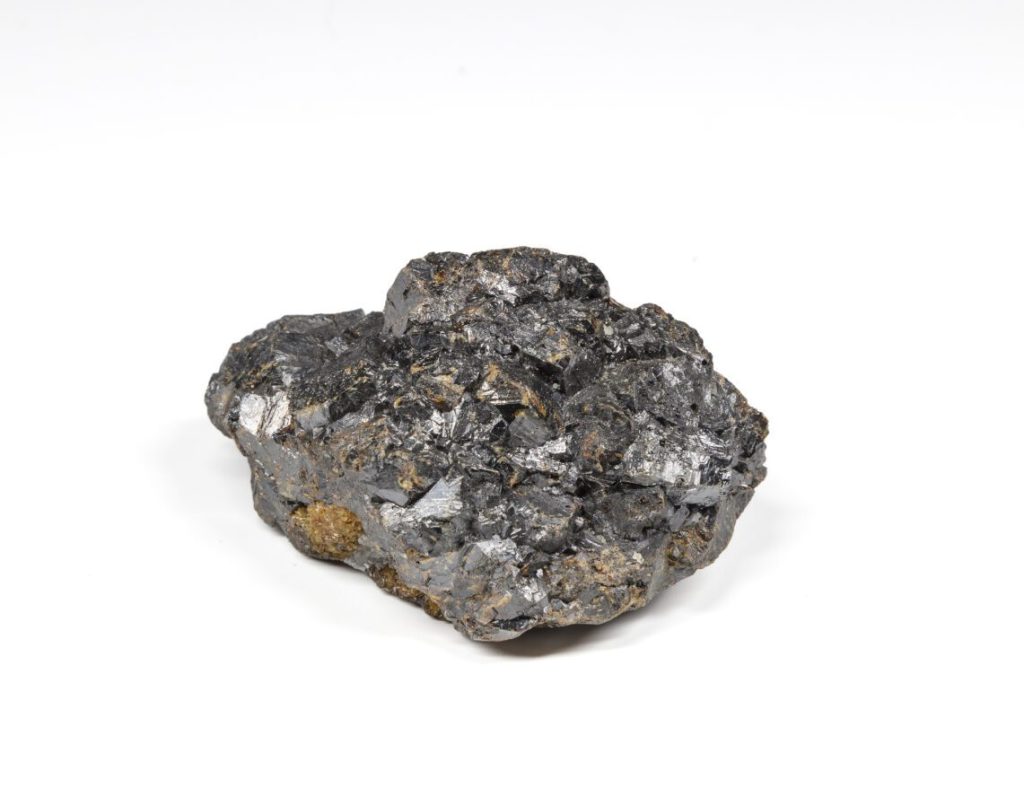
Background Information
The high fells of the Lake District hold a long legacy of mining, and through the industrial revolution, prospectors, geologists and miners here were exploring for minerals containing lead and zinc needed to provide the raw materials for a rapidly industrialising Britain.
In the pursuit of these metals, miners chipped, drilled and blasted a warren of underground tunnels stretching nearly a mile underneath Blencathra, entering the mountain in Gategill, a wooded ravine above Threlkeld in 1661. These mines chased two rich mineral veins cutting deep into the mountain.

Captain Anthony Wilson: owner-manager of Threlkeld Lead Mines Ltd. Photograph courtesy of Donald Angus and CATMHS.
As the network of passages and shafts grew, a tunnel known as the “Woodend Low Level”, was driven to drain groundwater from the mine to allow the miners to explore deep beneath Blencathra.
When the mine was operating, it was reported to cause serious environmental problems for fishing, farming and communities downstream which relied on the local river. As early as the 1880’s, the mine owners were prosecuted for pollution.
In 1928, the Threlkeld mine was abandoned, however groundwater (mine water) containing very high concentrations of metals continues to flow out of the Woodend Low Level all year round. As rain percolates down through the mountain, it washes metals out of the ore minerals left deep underground. This will continue for hundreds more years as it is not possible to stop rain getting into the mine workings.


These are some examples of sorts the minerals the miners were mining at the Threlkeld Mines” (Photographs courtesy of L.Withey, Environment Agency, 2024)
The orange colour of the mine water is because it contains iron. This is deposited as iron hydroxides – also known as “ochre” – inside the mine and on the bed of Gategill Beck. This visible pollution can extend down to the A66 at some times of year. However, it is the other metals such as zinc, cadmium, nickel and lead, which can’t be seen, that pollute rivers all the way down to Bassenthwaite Lake.
As the mine closed before 2000, the former mine owners and operators do not have to deal with the water pollution they created. This pollution will continue for hundreds more years unless action is taken.
The Environment Agency has been monitoring the Woodend Low Level mine water and the rivers in the area for many years so they can show how far downstream the pollution extends. To read more about this visit Box 2 – Rivers Polluted by the Threlkeld Lead Mines.